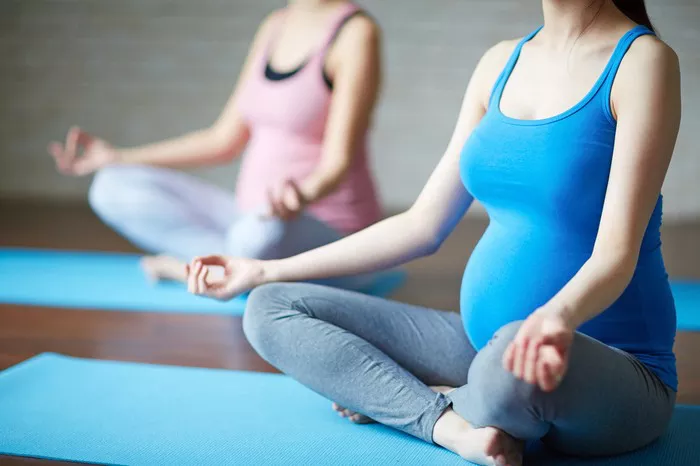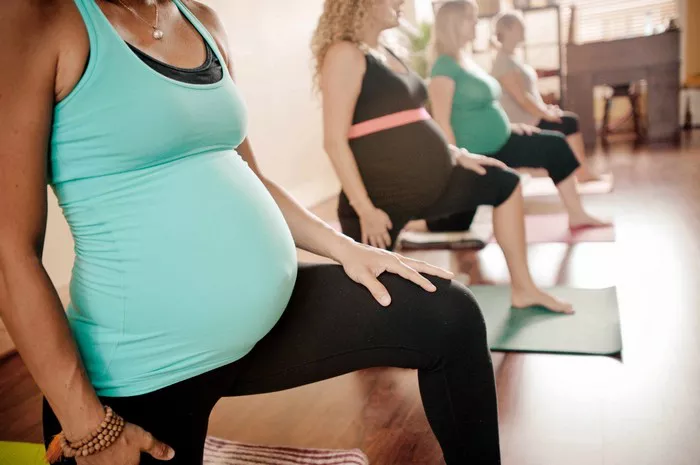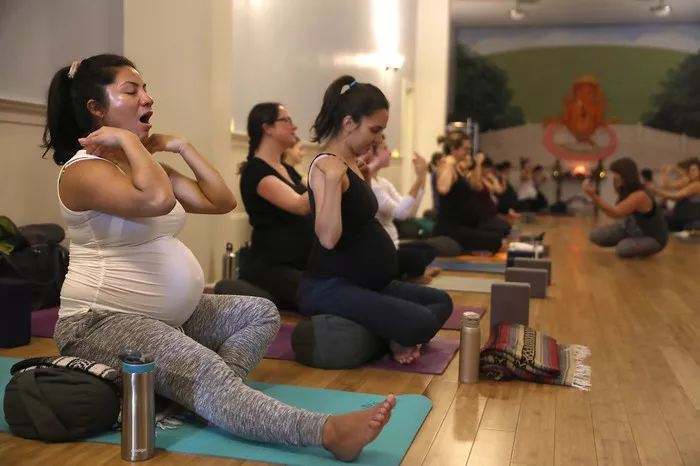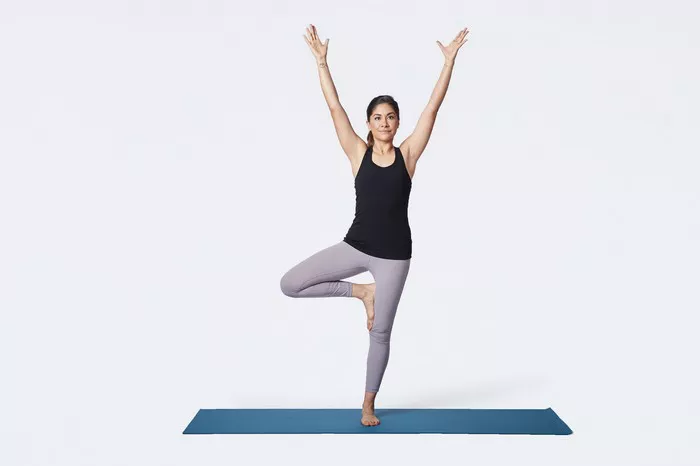Yoga, a discipline rooted in ancient Indian philosophy, has become increasingly popular across the globe due to its myriad benefits for both the mind and body. With various styles and poses, it offers a wide range of challenges for practitioners at all levels. Among the numerous poses, some are considered more difficult than others, requiring a combination of strength, flexibility, balance, and mental focus. This article aims to explore the concept of the “hardest” yoga asana, providing insight into why these poses are so challenging, what benefits they offer, and how one might approach mastering them.
Understanding Yoga Asanas
Before diving into the discussion of the hardest asanas, it’s essential to understand what an asana is and the role it plays in yoga. An asana is a specific posture or pose in yoga designed to promote physical, mental, and emotional well-being. In Sanskrit, “asana” translates to “seat,” representing the stillness and stability one aims to achieve in each pose. The ultimate goal of asanas is to align the body and mind, creating a state of balance, peace, and heightened awareness.
Yoga asanas can be broadly classified into standing, seated, supine, inverted, and balancing postures. Each of these categories targets different muscle groups and systems within the body, making asanas versatile tools for fitness, strength, flexibility, and stress management. The difficulty of an asana often stems from the combination of factors it requires, such as muscular strength, joint flexibility, mental focus, and balance.
What Defines a “Hard” Asana?
The difficulty of an asana can be subjective and influenced by a variety of factors. Here are some key elements that make an asana challenging:
Strength Requirement: Some poses demand substantial muscular strength, requiring practitioners to engage multiple muscle groups simultaneously. This can include core, upper body, or lower body muscles, depending on the specific asana.
Flexibility: Certain poses require advanced flexibility in various joints, such as the hips, shoulders, or spine. This requires both passive and active flexibility to achieve the posture effectively.
Balance: Maintaining a stable and controlled position often relies heavily on one’s ability to balance the body. Balancing poses can be particularly difficult due to their reliance on core strength, proprioception, and stability.
Mental Focus: A strong mental focus is required in challenging poses, as maintaining alignment, breathing, and awareness often requires concentration and determination.
Stamina: Some asanas involve holding challenging positions for extended periods, which can be physically exhausting and require mental endurance.
Coordination: The coordination needed to transition between movements or hold a position with ease often adds to the complexity of an asana.
Top 5 Hardest Yoga Asanas
1. Scorpion Pose (Vrischikasana)
Difficulty Analysis: The Scorpion Pose is one of the most advanced inversions and balancing postures in yoga. It requires a high level of strength, flexibility, balance, and mental focus. In this pose, the practitioner begins in a forearm stand and gradually lifts the legs, bringing the feet toward the head behind the back, while maintaining balance and stability. The core, shoulders, arms, and wrists all need to be engaged to support the posture. The spine must also be flexible enough to arch deeply backward.
Muscle Groups Involved: The primary muscles used in this asana include the shoulders, upper back, triceps, biceps, and core muscles. The flexibility of the spine, shoulders, and wrists is also crucial for maintaining the pose.
Benefits: Practicing the Scorpion Pose builds immense upper body strength and flexibility in the spine and shoulders. It also promotes confidence, focus, and mental clarity. Holding this posture can help develop a sense of control and mastery over both body and mind.
Challenges: The balance required to maintain the pose is one of the most difficult aspects, as even slight movements can result in loss of alignment or falling out of the position. The wrist and shoulder strength necessary to hold the pose, combined with flexibility and mental focus, make it a formidable challenge.
2. Eight Angle Pose (Astavakrasana)
Difficulty Analysis: The Eight Angle Pose, or Astavakrasana, is a balancing posture that requires a significant amount of strength, flexibility, and core control. In this pose, the practitioner leans forward, balancing on one hand while lifting the legs in a tucked position. The arms and shoulders bear a substantial amount of weight, requiring considerable muscular strength. Maintaining balance in this position is especially challenging due to the need for precision and core strength.
Muscle Groups Involved: The core, shoulders, arms, and legs all engage heavily in Astavakrasana. The muscles of the obliques and transverse abdominis are particularly activated to maintain balance and control throughout the pose.
Benefits: Astavakrasana strengthens the shoulders, arms, and core, enhancing overall upper body and core strength. It improves balance, focus, and concentration. Practicing this pose also challenges the mind-body connection, helping to develop mental resilience and clarity.
Challenges: The difficulty of this pose lies in the balance and strength required. The need to simultaneously engage the arms, shoulders, and core to hold the tucked position is physically exhausting. The balance and coordination required to maintain the pose can also be mentally challenging.
3. Grasshopper Pose (Kshemasana)
Difficulty Analysis: The Grasshopper Pose, or Kshemasana, is an advanced arm balance that combines elements of core strength, flexibility, and mental focus. In this pose, the practitioner balances on their hands while tucking their legs under the body and lifting them off the ground. The balance and core strength required to hold this position make it extremely challenging.
Muscle Groups Involved: The shoulders, arms, and core are heavily engaged in the Grasshopper Pose. The flexibility of the hips and wrists is also crucial for achieving and maintaining the pose.
Benefits: This pose develops upper body strength, particularly in the shoulders and arms. It also enhances core strength and flexibility, as well as mental clarity and focus. Practicing Grasshopper Pose can help build confidence and resilience.
Challenges: The main challenge of the Grasshopper Pose is the need for both upper body and core strength to balance on the hands while lifting the legs. Maintaining stability and control while balancing can be difficult, and even small shifts can result in falling out of the position.
4. Peacock Pose (Mayurasana)
Difficulty Analysis: The Peacock Pose, or Mayurasana, is an advanced arm balance that involves balancing on the hands while keeping the legs off the ground. This pose demands significant strength in the arms, shoulders, and core, as well as flexibility in the wrists and shoulders. The practitioner must maintain focus and control, making it mentally challenging as well as physically demanding.
Muscle Groups Involved: This pose primarily targets the arms, shoulders, and core. The wrists, elbows, and shoulders are all heavily engaged to hold the position.
Benefits: Mayurasana strengthens the arms, shoulders, and core while also improving balance and focus. The pose stimulates digestion and activates the endocrine system, promoting overall health.
Challenges: The difficulty of this pose lies in the immense amount of strength required to maintain balance while bearing the body’s weight. The flexibility in the wrists and shoulders necessary to achieve the position can also be challenging to develop.
5. King Pigeon Pose (Eka Pada Rajakapotasana)
Difficulty Analysis: The King Pigeon Pose is a deep backbend that requires flexibility, strength, and focus. This pose involves balancing on one leg while the other leg arches behind the back, stretching the hip flexors, quadriceps, and the front of the body. Achieving and holding the balance, as well as extending the spine and achieving the necessary flexibility, makes this pose one of the most challenging in yoga.
Muscle Groups Involved: The core, legs, and back muscles are heavily engaged in this pose. Flexibility in the hips, quadriceps, and spine is essential to achieving and maintaining the balance required.
Benefits: Practicing King Pigeon Pose enhances flexibility in the hips, legs, and spine, while strengthening the back and core. It promotes mental clarity and focus, alleviates tension, and improves overall emotional and physical well-being.
Challenges: The main difficulty of this pose is the combination of strength, flexibility, and balance required. The flexibility needed in the hips and the back can be difficult to achieve, and maintaining control while balancing on one leg can be a significant mental challenge.
Reasons These Poses Are Challenging
Several factors make these asanas particularly difficult. First, they require a combination of strength, flexibility, balance, and mental focus. The strength needed to support the body, whether through core, upper body, or leg muscles, can be considerable. The flexibility required to achieve the necessary angles and depths of these postures often requires years of dedicated practice.
The mental focus required to achieve and hold these poses also makes them particularly challenging. Maintaining alignment, breath, and concentration while performing these complex postures takes considerable mental endurance and resilience. The fear of falling, coupled with the effort required to keep the body stable, often requires practitioners to tap into their inner strength and focus deeply on their breath and awareness.
Approaching Mastery of Hard Asanas
1. Build a Strong Foundation
To prepare for mastering these advanced asanas, it’s essential to build a solid foundation in basic yoga postures. Focus on developing strength, flexibility, balance, and awareness through regular practice. Poses such as plank, downward dog, and warrior series help strengthen the muscles needed for more advanced poses.
2. Focus on Core Strength
Many advanced asanas rely heavily on core strength. Incorporate core exercises such as boat pose, side planks, and leg lifts into your practice to build the necessary strength in the abdominal muscles.
3. Work on Flexibility
Flexibility is crucial for mastering advanced poses. Regularly practice stretches and poses that target the hips, shoulders, spine, and hamstrings. Poses like pigeon, cobra, and forward folds can help improve flexibility in key areas.
4. Patience and Consistency
Mastering difficult asanas takes time, patience, and consistent practice. Avoid rushing into advanced poses before your body is ready. Instead, focus on incremental progress, honoring your body’s limits and gradually deepening your practice.
Conclusion
While there is no definitive “hardest” yoga asana, certain poses stand out for their complexity and the significant physical and mental effort they require. As practitioners work to master poses like Scorpion Pose, Eight Angle Pose, Grasshopper Pose, Peacock Pose, and King Pigeon Pose, they not only develop strength, flexibility, and balance but also cultivate focus, resilience, and mindfulness. The challenge presented by these asanas is a reflection of the overall practice of yoga, which asks us to meet our edges, learn from our struggles, and grow beyond them. Whether you are working toward mastering these poses or exploring other aspects of yoga, the key is to remain patient and persistent, trusting in the process of growth and transformation.
Related Topics:



























